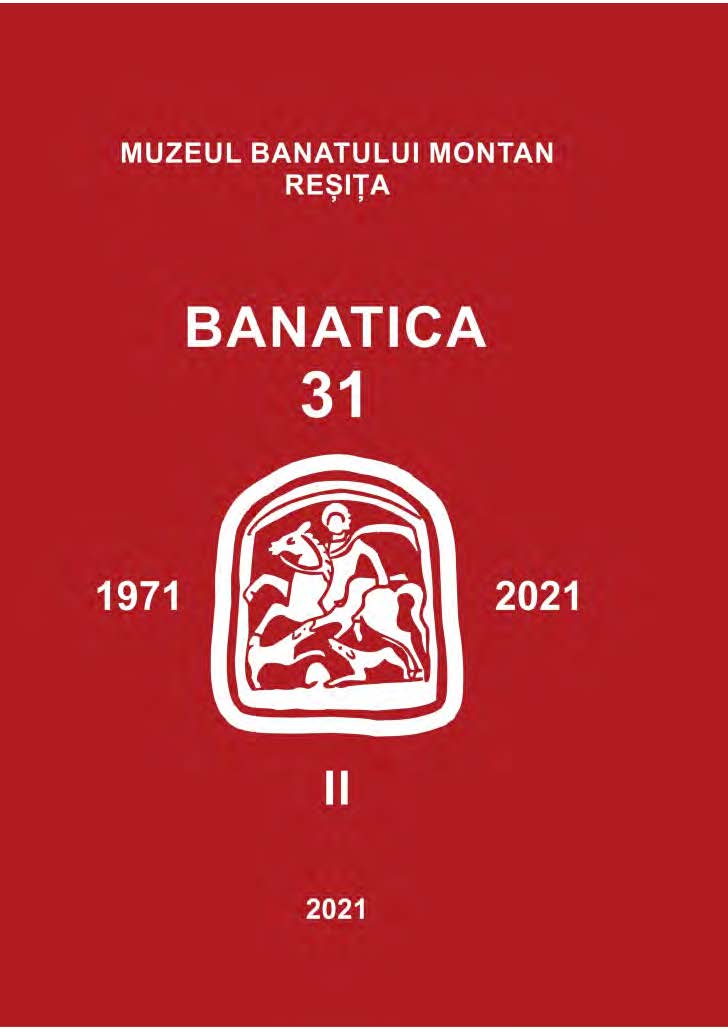THE ABANDONED CHILDREN OF THE BANAT IN THE EARLY TWENTIETH CENTURY
THE ABANDONED CHILDREN OF THE BANAT IN THE EARLY TWENTIETH CENTURY
Author(s): Edina GálSubject(s): Social history, Recent History (1900 till today), Family and social welfare, Welfare services
Published by: Editura Mega Print SRL
Keywords: White Cross; children’s asylum; child abandonment; associations;
Summary/Abstract: At the beginning of the 20th century the Hungarian state took over the protection of abandoned children in order to reduce infant mortality. The present paper examines the beginning and evolution of the state child welfare system and its relation to other institutions in the Banat. Before the establishment of the State Children’s Asylums the White Cross Association was entrusted with the supervision of assisted children. In Timișoara, it established a maternity, a polyclinic for poor children, and after the state took over the care for the abandoned, it sustained several complementary child protection facilities to keep up with the widening clientele of the asylums. From 1907, state asylums received many so-called ‘morally abandoned’ children, whose education became the main goal of the National Child Protection League in collaboration with the asylums. Sándor Szana, who started his career at the association’s foundling home, greatly influenced the emerging child welfare system, becoming first the director-physician of the Timișoara asylum and later of the Budapest asylum.
Journal: BANATICA
- Issue Year: 2/2021
- Issue No: 31
- Page Range: 409-427
- Page Count: 19
- Language: English

